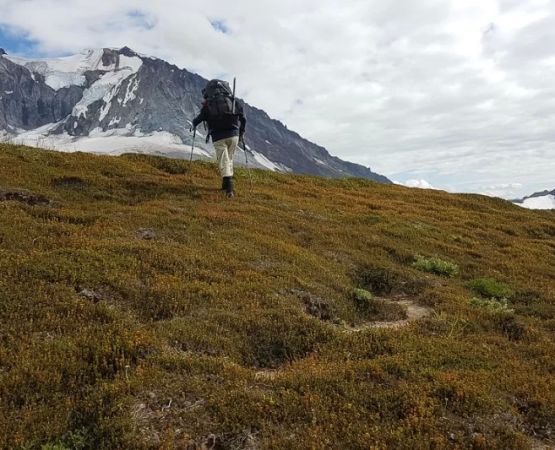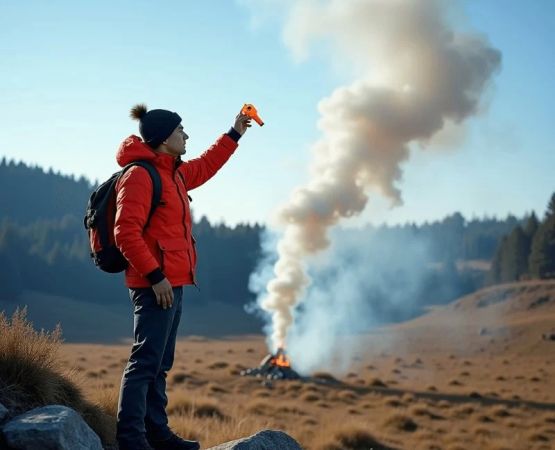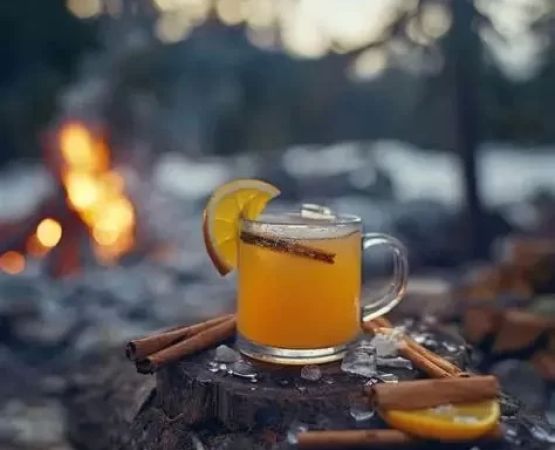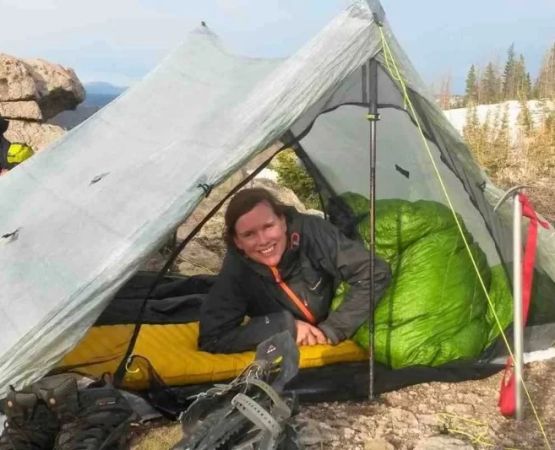- 1-understanding-secluded-lake-camping
- 2-exploring-nature-trails
- 3-planning-your-remote-adventure
- 4-top-secluded-lake-trails-in-usa
- 5-real-camper-experiences
- 6-safety-and-environmental-tips
- 7-resources-from-pine-cliff-resort
1. Understanding Secluded Lake Camping
1.1 The Allure of Hidden Lakes
Secluded lake camping offers the perfect balance of water’s tranquility and forest’s embrace. Far from crowded campgrounds, these spots deliver still mornings, mirrored reflections at dawn, and the promise of wildlife sightings at the shoreline.
1.2 Benefits of Remote Settings
Beyond peace and privacy, camping near a secluded lake reduces noise pollution and light interference. You can fall asleep to loons calling and wake to mist rising off glassy water—an experience unavailable at typical lakeside resorts.
2. Exploring Nature Trails Near Secluded Lakes
2.1 Trail Types and Difficulty
Trails ranging from flat shoreline walks to steep ridge scrambles serve diverse skill levels. A half-mile loop might circle a kettle lake in Michigan’s Upper Peninsula, while a challenging eight-mile out-and-back in Montana leads to a glacial tarn hidden in the Bitterroots.
2.2 Trail Features to Look For
Seek routes offering varied vistas—rock outcrops overlooking water, forested bays perfect for midday breaks, and ridgelines that reveal the lake’s full expanse. Note trail markers and cairns; in backcountry settings, clear signage may be sparse.
3. Planning Your Remote Adventure
3.1 Research and Permits
Identify public lands—national forests, state parks, or BLM areas—where dispersed camping is allowed. Some regions require free permits or advance registration for backcountry campfires.
3.2 Gear Essentials
Lightweight backpacking tents, water purification systems, and GPS-enabled trail maps ensure safety. Pack layered clothing for lakeside microclimates—cool nights and warm afternoons often occur within hours.
3.3 Seasonal Considerations
Summer brings biting insects; autumn delivers vibrant foliage but cooler nights. In spring, snowmelt may render low-lying trails muddy—plan accordingly with waterproof boots and gaiters.
4. Top Secluded Lake Trails in USA
4.1 Alpine Lakes in the Pacific Northwest
Snow Lake Trail, Washington
A five-mile loop near Snoqualmie Pass leads to a pristine alpine basin. Fewer hikers venture past the first overlook, making the eastern arm an ideal spot for lakeside camping under star-filled skies.
Colchuck Lake, Washington
Accessed via a steep four-mile trail, Colchuck’s emerald water and rugged granite peaks reward backpackers willing to earn their solitude.
4.2 Glacial Lakes in the Rockies
Blue Lake, Colorado
Set above timberline, this eight-mile out-and-back blends wildflower meadows with panoramic views. Camp on gravel bars at the water’s edge for ultimate seclusion.
Hidden Lake, Montana
Beyond the well-trodden Visitor Center path lies a narrow trail hugging cliffs above glacier-carved Hidden Lake—backcountry permits grant access to lakeside bivouacs.
4.3 Forested Lakes in the Northeast
Cathedral Ledge Pond, New Hampshire
A short scramble up Cathedral Ledge opens to ponds ringed by hardwood forests. A half-dozen primitive sites await those who pack in minimal supplies.
Lake Colden, New York
Within the Adirondack High Peaks, a moderate trail leads to campsites on the pond’s edge, far from the main highway and crowds.
5. Real Camper Experiences
5.1 Emily’s Dawn Paddle at Snow Lake
Emily, a weekend backpacker from Seattle, learned of the eastern arm campsite through an online forum. She arrived at dawn to find the mirror-smooth lake to herself, paddled her inflatable kayak among mountain shadows, and sipped coffee as otters frolicked near shore.
5.2 Sam’s Solitude at Blue Lake
Sam chose Blue Lake for a week-long solo trip last September. He journaled by campfire each night, noting the temperature drop at 8,500 feet and the Milky Way’s brilliance over icy water—memories that inspired him to become a trail volunteer.
6. Safety and Environmental Tips
6.1 Leave No Trace by the Lake
Pack out all trash, bury human waste at least 200 feet from water, and avoid disturbing shoreline vegetation that prevents erosion.
6.2 Wildlife Awareness
Bears, moose, and other large mammals frequent remote lakeshores. Store food in bear-resistant containers and set up camp at least 100 feet from water to reduce surprise encounters.
6.4 Emergency Preparedness
Carry a personal locator beacon or satellite messenger when cell service is nonexistent. Share your itinerary with a trusted friend and check in at agreed intervals.
7. Resources from Pine Cliff Resort
7.1 Guided Itineraries and Gear Rentals
Pine Cliff Resort offers custom itineraries to the best remote lakes and nature trails. Rent lightweight tents, kayaks, and GPS units so you can travel light without sacrificing comfort.
7.2 Expert Advice and Local Insights
Visit Pine Cliff Resort’s online guides to discover hidden trailheads, seasonal camping windows, and insider safety tips—everything you need to plan a flawless secluded lake adventure.






